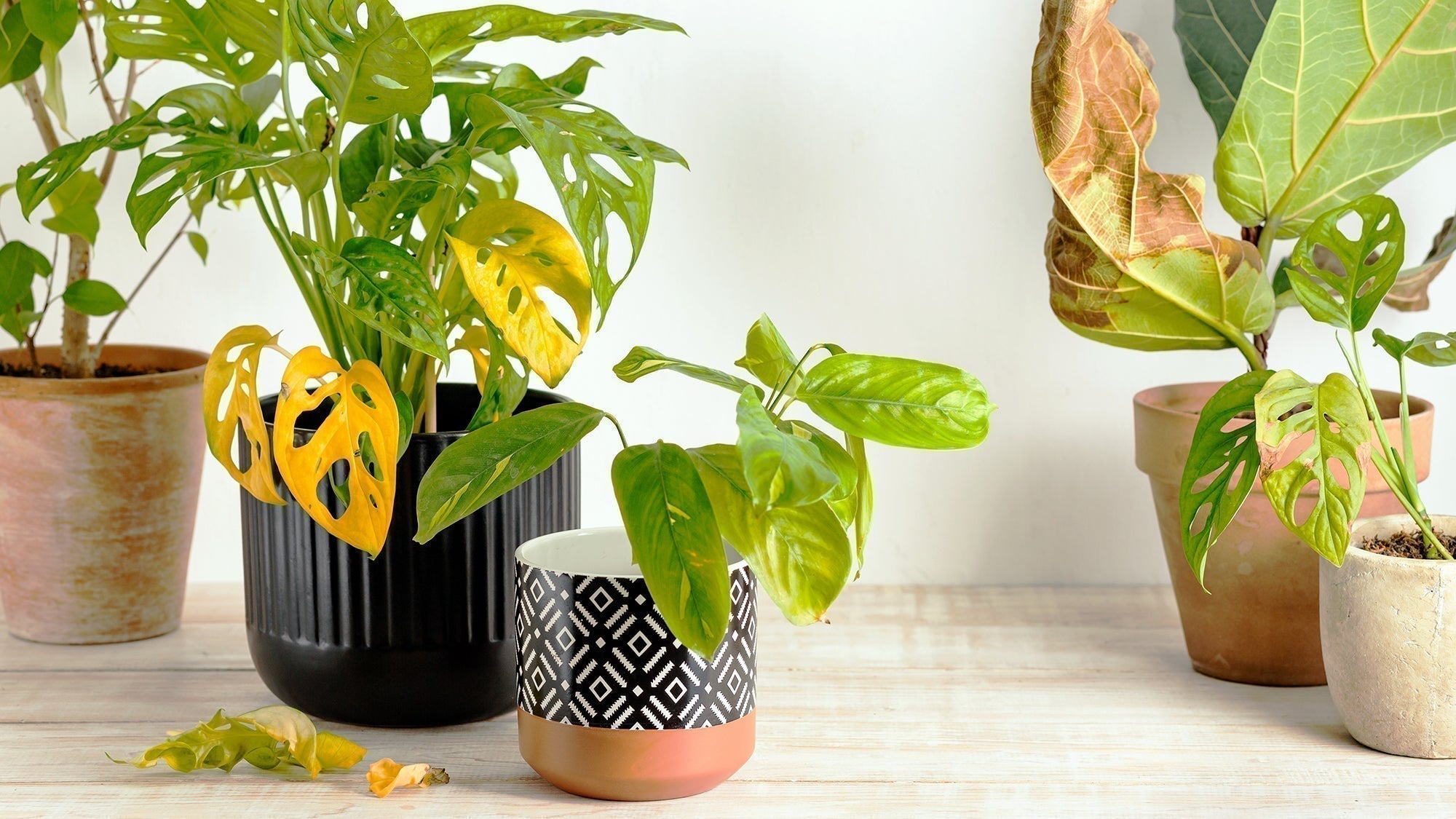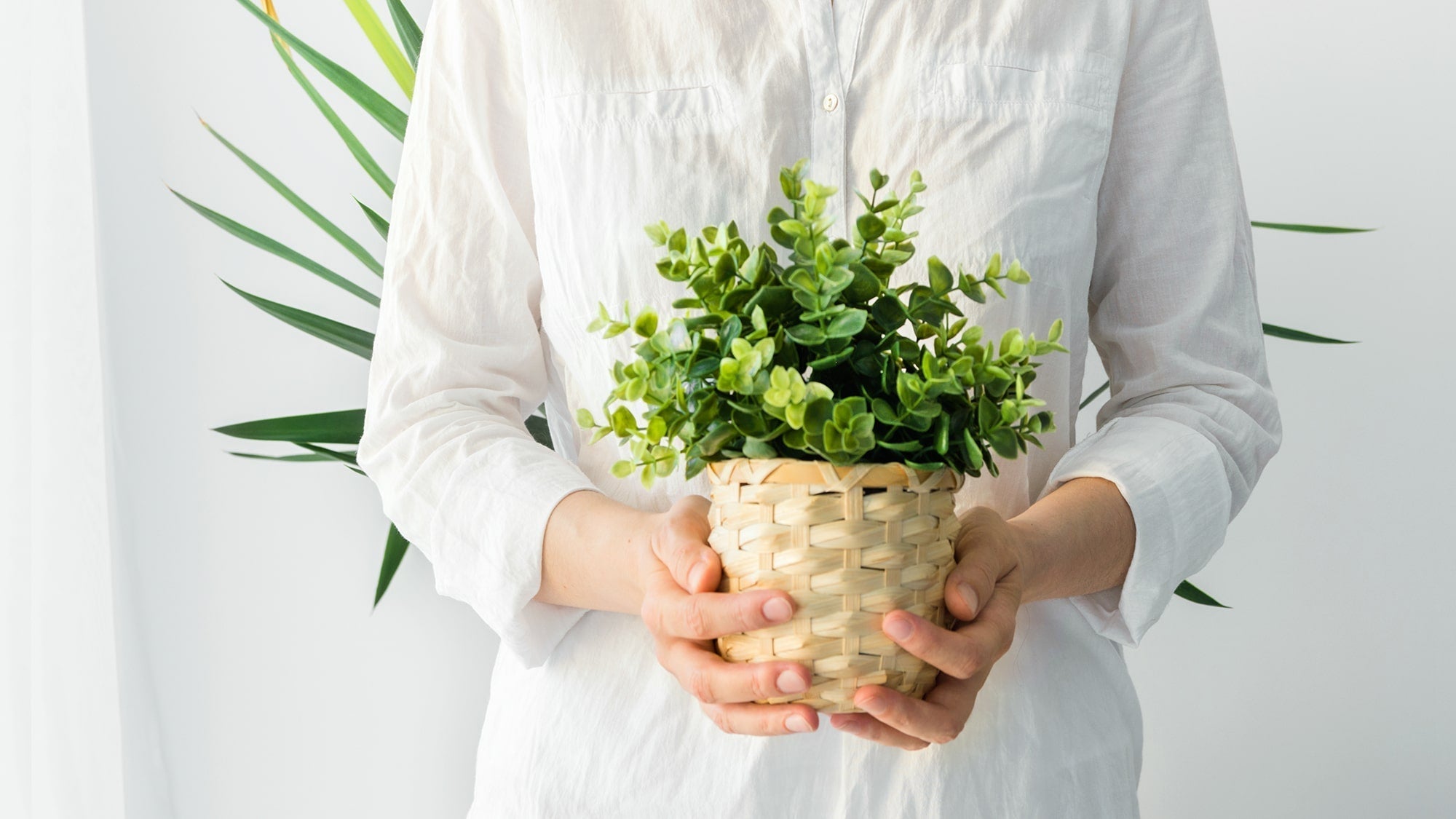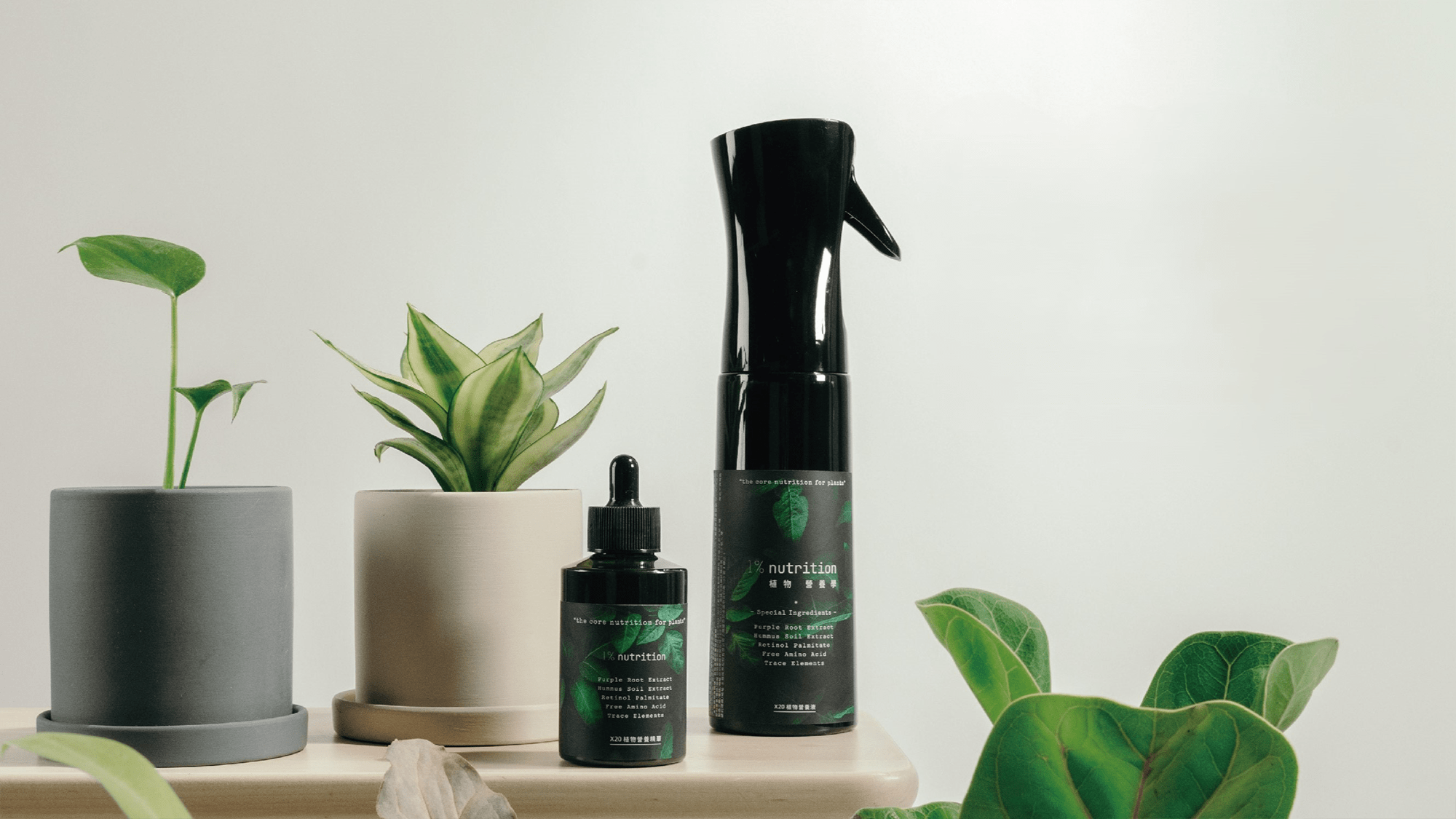
Essential Plant Care: 5 Common Mistakes and 6 Health Check Tips

5 Common Plant Care Mistakes:
Caring for plants can be challenging for beginners who often overlook key details, leading to poor plant health and lost confidence. This guide outlines five common mistakes and six diagnostic methods to help you avoid pitfalls and grow healthy plants effortlessly.
1. Not Isolating New Plants:
Before placing new plants among existing ones, check for pests and diseases to prevent spreading them to other plants.
 For plants with diseases, first isolate them and address any issues before introducing them to your home. This helps prevent the spread of diseases and ensures a healthier environment for your other plants.
For plants with diseases, first isolate them and address any issues before introducing them to your home. This helps prevent the spread of diseases and ensures a healthier environment for your other plants.
2. Immediate Repotting and Soil Change:
Allow plants to adapt to their new environment for two weeks before repotting or changing the soil. This ensures they are healthy and free of pests. Using natural plant nutrients can aid this transition.
 After bringing a new plant home, isolate it for 2 weeks before cleaning and repotting. This practice can significantly increase its survival rate by allowing it to adjust to its new environment and minimizing the risk of spreading any potential pests or diseases.
After bringing a new plant home, isolate it for 2 weeks before cleaning and repotting. This practice can significantly increase its survival rate by allowing it to adjust to its new environment and minimizing the risk of spreading any potential pests or diseases.
3. Overwatering:
Overwatering suffocates roots, leading to rot. Follow the “water when the soil is slightly dry” rule by checking soil moisture with your finger or a tool.

Soil that is too wet can suffocate the roots, preventing them from breathing properly. This often leads to rapid yellowing and deterioration of the leaves. To prevent this, ensure proper drainage and avoid overwatering your plants.
4. Inadequate Light:
Insufficient light slows growth and causes yellowing leaves. Regular sunlight exposure is crucial for plant health.
 Plants that lack adequate light will often show signs of rapid yellowing. This is a common response to insufficient light, as the plant struggles to perform photosynthesis effectively. Ensuring proper lighting can help maintain the plant's health and prevent such issues.
Plants that lack adequate light will often show signs of rapid yellowing. This is a common response to insufficient light, as the plant struggles to perform photosynthesis effectively. Ensuring proper lighting can help maintain the plant's health and prevent such issues.
5. Isolated Plant Placement:
Grouping plants helps create a microclimate, maintaining humidity and supporting healthy growth.

Plants that thrive in higher humidity, such as Calathea and Monstera, often do well when grouped together. Placing these humidity-loving plants in close proximity can create a microenvironment that mimics their natural, moist conditions. This setup not only enhances their overall health but also encourages lush, vibrant growth.
Step 1: Differentiating Natural Aging from Disease
Distinguishing Between Natural Aging and Plant Diseases
Understanding whether your plant's issues are due to natural aging or a disease can be challenging, especially for beginners. Recognizing the differences can help you manage your plant's health more effectively and avoid unnecessary worry.


Step 2: 6 Health Check Tips from appearance
dentify Plant Diseases from Visual Symptoms
6 Common Visual Signs of Plant Diseases:
1. Slow or Stunted Growth:

Check roots for disease or crowding, insufficient light, or temperature stress.
2. Dull or Dry Leaves:

May indicate overwatering, underwatering, or pest infestation.
3. Discolored or Spotted Leaves:

Could be due to poor water management, light issues, or nutrient deficiencies. Adjust environmental factors and check for pests.
4. Curling Leaves:
Usually a sign of water stress. Ensure consistent watering and address any environmental dryness.

The snake plant is a type of succulent with thin leaves. When it lacks water, the leaves will curl inward (as shown in the left image). With timely watering and proper nutrients, the leaves will eventually return to a healthy, plump, and flexible state (as shown in the right image).
5. Dropping Leaves:

Manage watering and light exposure to prevent sudden leaf drop.
6. Blackened or Softened Stems:

Treat fungal infections immediately and avoid overwatering. Improve ventilation if necessary.
Step 3: Understanding Nutrient Deficiencies
The main methods to address this include:
1. Organic or Chemical Fertilizers:

High in nitrogen, phosphorus, and potassium, these require precise application and regular soil changes. Suitable for experienced gardeners and outdoor plants.
2. Plant Nutrition Concentrate:

Natural, precise formulations like those containing vitamin A palmitate and kelp extract boost plant health without attracting pests. Ideal for indoor plants and beginners.
Conclusion
By avoiding common mistakes and understanding plant health, beginners can confidently care for their plants. Regularly check for pests, ensure proper watering and light, and use appropriate nutrients to create a healthy growing environment. With these basic care and diagnostic methods, your plants will thrive and enhance your living space. Start today and give your plants the care they deserve!


Leave a comment
This site is protected by hCaptcha and the hCaptcha Privacy Policy and Terms of Service apply.